50+ Sample Clinic Budgets
-
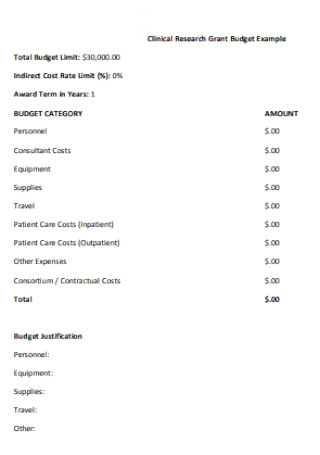
Clinic Research Grant Budget
download now -
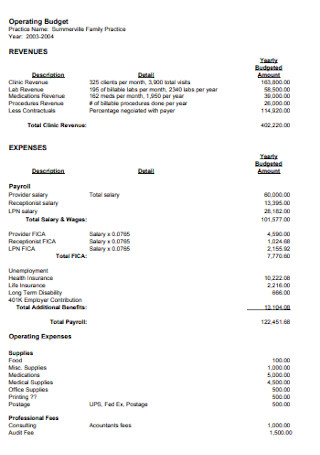
Clinic Operating Budget
download now -

Budget for a New Dentist Clinic
download now -

Healthy Youth Clinic Budget
download now -
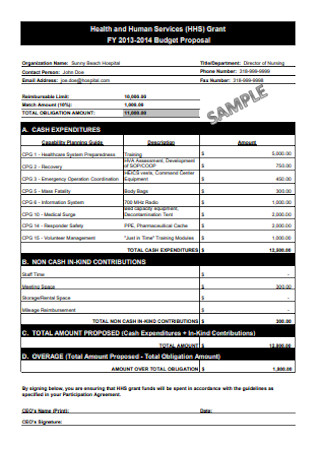
Grant Hospital Budget
download now -
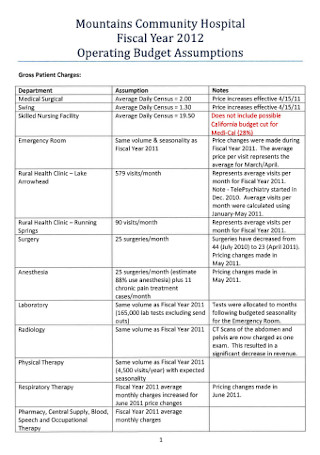
Hospital Clinic Budget
download now -

Hospital Operations Budget
download now -
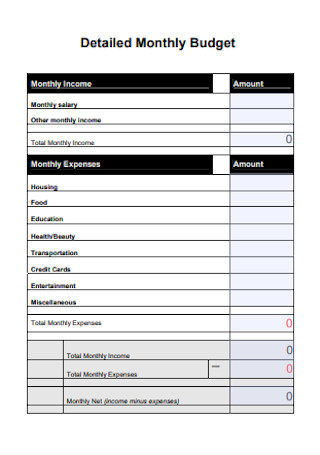
Detailed Monthly Clinic Budget
download now -
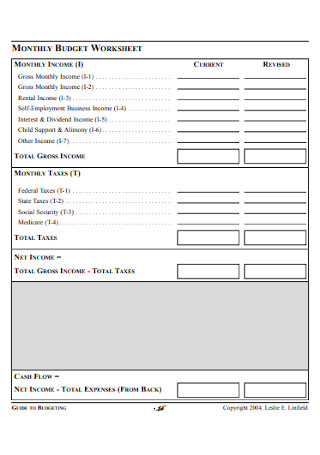
Sample Monthly Budget Worksheet
download now -
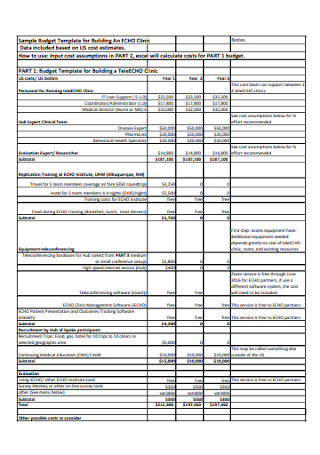
Building Clinic Budget
download now -

Medical Clinic Budget
download now -
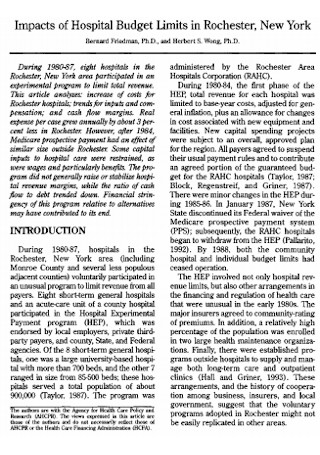
Hospital Budget Format
download now -
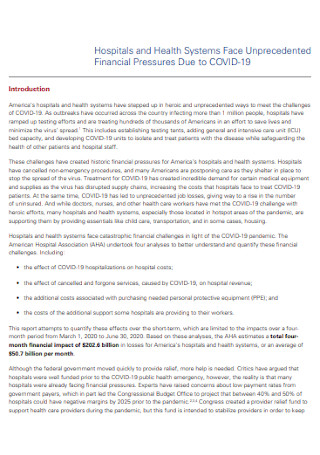
Hospitals Clinic and Health Budget
download now -
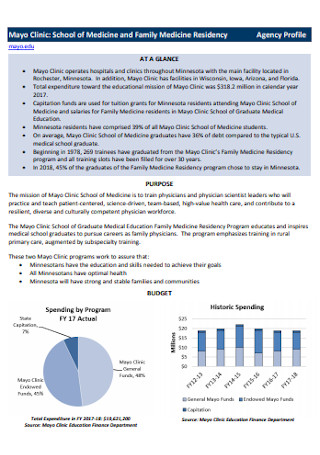
School Clinic Budget
download now -

Clinic for Women Operating Budget
download now -
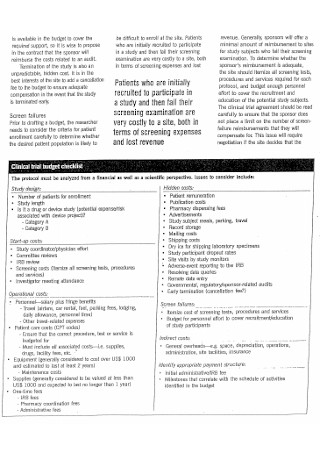
Clinical Trail Budget Checklist
download now -
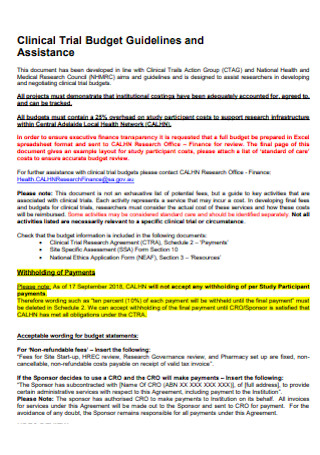
Clinical Trial Budget
download now -

Clinic Diet Budget Example
download now -
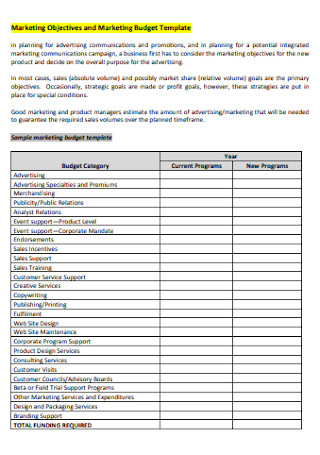
Marketing Advertising Budget Template
download now -
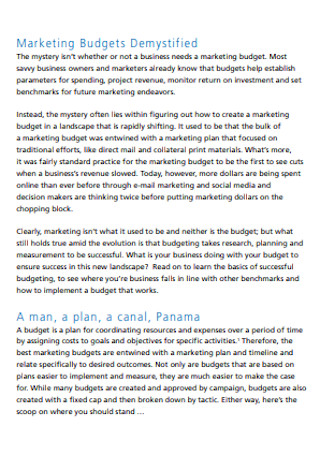
Hospital Marketing Budgets Format
download now -

Monthly Financial Budget
download now -
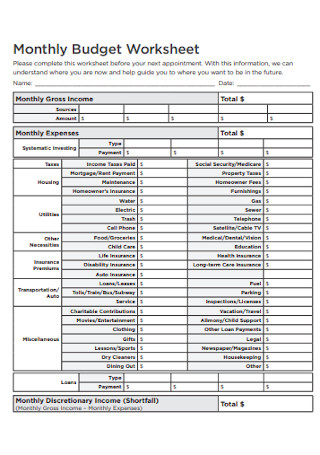
Monthly Budget Worksheet Example
download now -
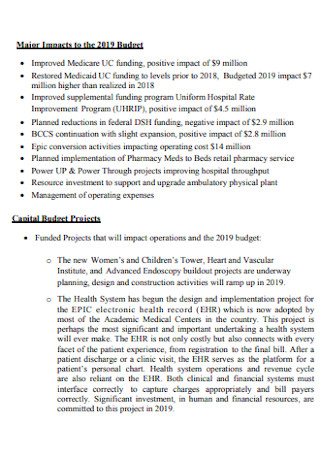
Clinic Capital Budget
download now -

Project Budget Estimate Form
download now -
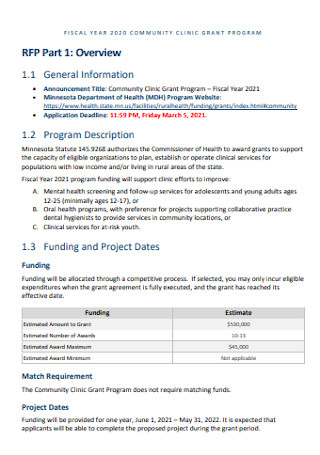
Grant Program Clinic Budget
download now -
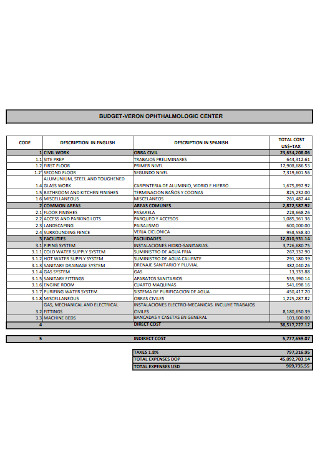
Foundation Clinic Budget
download now -
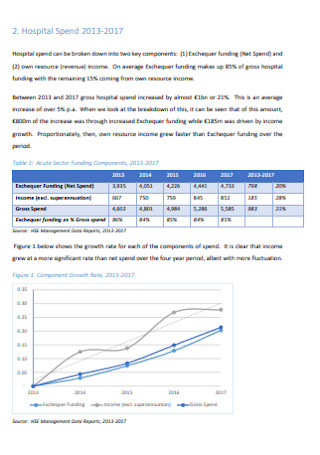
Hospital Income Budget
download now -
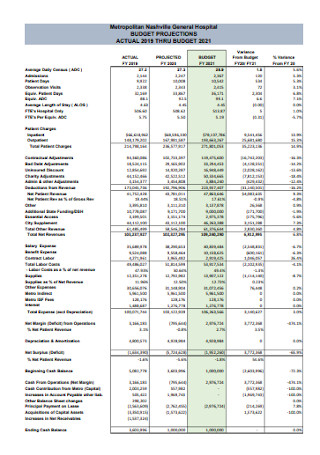
General Hospital Budget
download now -
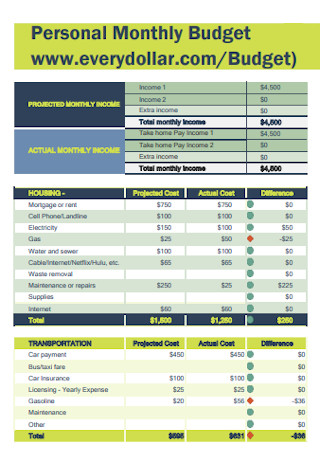
Personal Monthly Budget
download now -

Monthly Marketing Budget
download now -
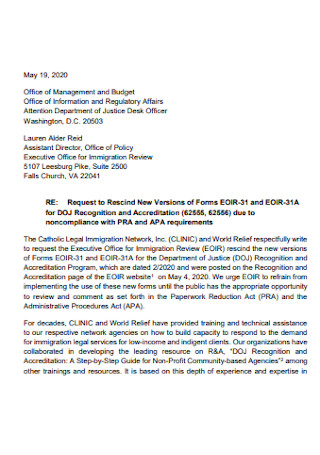
Office Clinic Budget
download now -
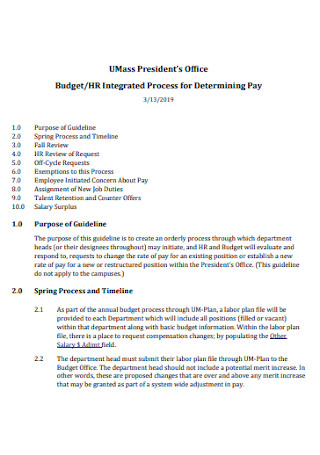
Office HR Budget
download now -
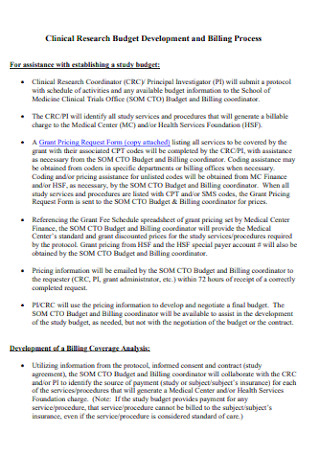
Clinical Research Budget
download now -
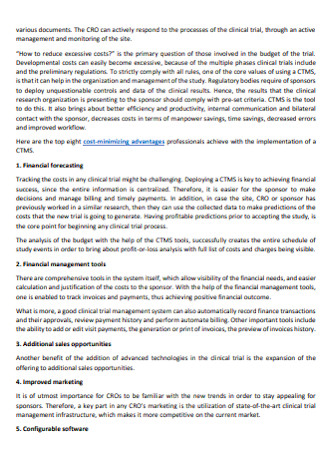
Clinical Management Trail Budget
download now -
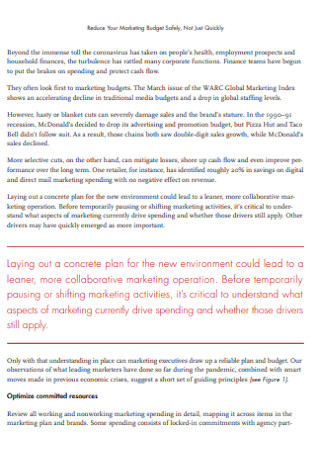
Company Marketing Budget Template
download now -

Strategic Marketing Budget Template
download now -
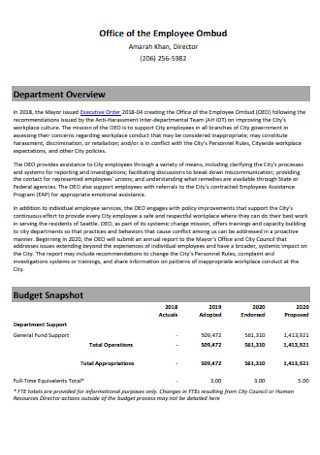
Office Clinic Employee Budget
download now -

Basic Budget Hospital Template
download now -

Office Grant Budget
download now -
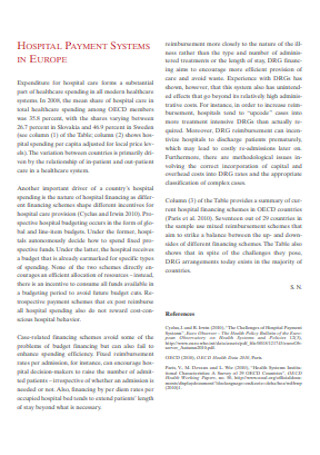
Hospital Payment Budget Template
download now -

Office Monthly Clinic Budget
download now -

Sample Clinic Education Budget
download now -

Church Clinic Budget
download now -

Teens Monthly Budget Template
download now -

Office House Hold Budget
download now -
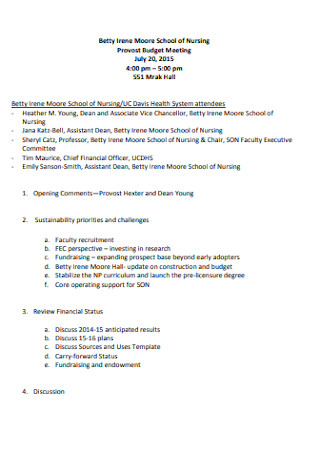
School of Nursing Budget Template
download now -
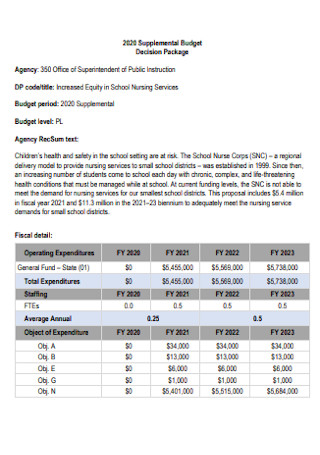
Nursing Clinic Budget Template
download now -
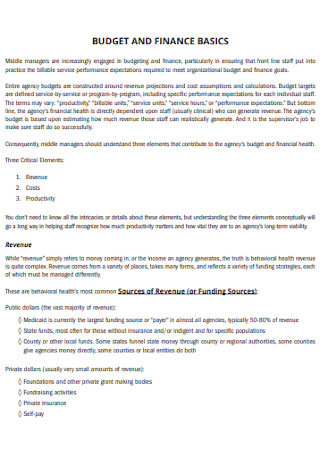
Basic Clinic Finance Budget
download now -
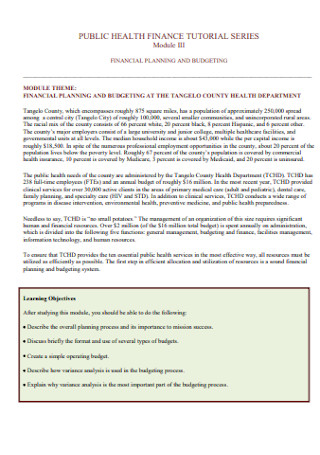
Standard Clinic Budget
download now -
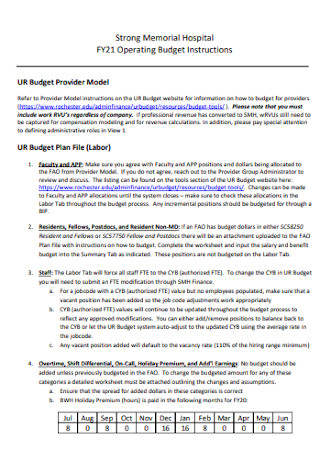
Memorial Hospital Clinic Budget
download now
What Is a Clinic Budget?
A clinic budget is a formal document that provides comprehensive financial data of a health clinic. The purpose of having a sound budget is to protect the interests of the clinic while also maximizing its clinical services to patients and the general public.
According to a report by the Centers for Medicare and Medicaid Services, clinical and physician services expenses grew 5.4% to more than $8 billion in 2020. As compared to the previous year, a rate of 4.2% was recorded in 2019.
What Goes Into a Clinic Budget?
Whether it is a small rural clinic or an established healthcare provider, operating a medical clinic will always entail some expense. When it comes to a comprehensive clinic budget, there is understandably more essential expenditures than non-essential. The following examples describe just some of the items that go into a typical clinic budget.
Types of Clinics
There are different kinds of clinics that cater to different types of needs. From maternity clinics to veterinary clinics and even psychiatric clinics, health encompasses a broad range of services. The following examples below describe just some of the major types of clinics.
How to Create a Clinic Budget
To create a clinic budget, you need to have a firm grasp of what your clinic actually needs. And if you are looking for easy and convenient budgets to use a reference, you can download any of the available templates above. Choose one that best suits your needs and follow the basic steps below.
Step 1: Format
The initial step in crafting a clinic budget is to establish a format first. A typical budget can come in a spreadsheet or table format. Your clinic budget should contain several elements including the revenue and costs. In addition, it should be organized and classified accordingly as well. As discussed in previous sections, there can be several expenses in the operation of a health clinic. It is important to classify these expenses in a rational way. You can either group them according to what is fixed and flexible, or what is essential and non-essential. But since it is a clinic budget, most expenditures might be considered essential. Thus, you are better off classifying costs as fixed or flexible.
Step 2: Revenue
A fundamental item in any budget is income. In the case of clinic budgets, the income earned from offering health services to patients is key. Without the professional fees, service fees and other miscellaneous costs, there would be no revenue source for the upkeep and maintenance of the clinic. Even a small clinic needs a steady stream of income to be able to continue delivering medical services to its patients. When crafting your clinic budget, make sure the sources of income are clearly identified and the values or variables are accurate.
Step 3: Expenses
You cannot separate income and expenditures. These two must always go together. Operating a health clinic is not a walk in the park. For healthcare professionals, clinical work can be gratifying but it can also come with different challenges. As mentioned earlier, the cost of running a clinic will vary depending on a number of factors. However, common expenses include overhead costs, labor costs, and medical equipment maintenance and repair. These must be enumerated and specified in your budget. Don’t forget to include the total amount and always double check each value for accuracy.
Step 4: Budget Tracker
The last step in creating a clinic budget is to incorporate a monitoring tool or tracker. There has to be a mechanism in place that will enable you to keep track of the financial data you input. A budget rarely remains the same all throughout. There can be a jump or dive in both income and expenses, depending on different circumstances. Hence, you need to constantly update and modify your budget as the need arises. If you are unsure of how a tracker can fit into your overall budget, there are dozens of sample budget templates that you can use as a reference guide.
FAQs
How do you budget for a medical practice?
To create a sound budget for a medical or clinical practice, you need to have a good understanding of your needs and objectives. It is also important to do your research and weigh the available options. For example, choosing a location to put up your medical practice is a major decision. You need to consider rent, accessibility and other key factors.
Is a clinic profitable?
A clinic can be a profitable venture with the right preparation and execution. Ideally, you need to study its feasibility and weigh the different pros and cons.
What is the budgeting process in healthcare?
Budgeting in healthcare is crucial if you want to truly maximize your business and deliver optimum service to patients. Budgeting allows you to properly allocate funds and prioritize what is essential over what’s non-essential.
If you plan on putting up a clinic or medical practice of your own, you need to learn how to budget effectively. Browse the wide selection of editable templates above, select one that suits your needs and download a sample budget today!
